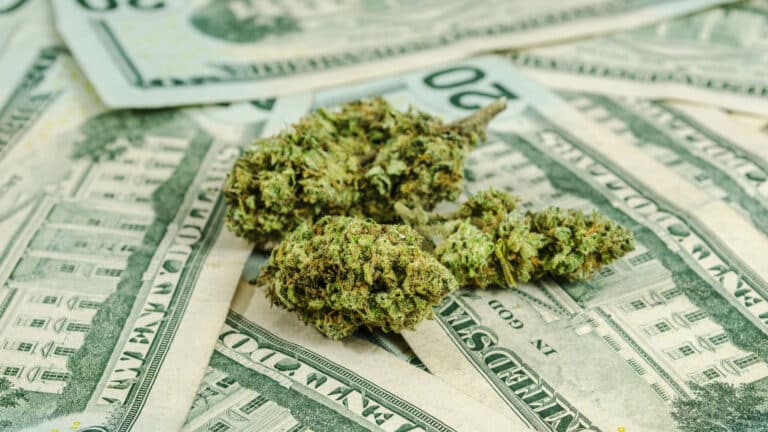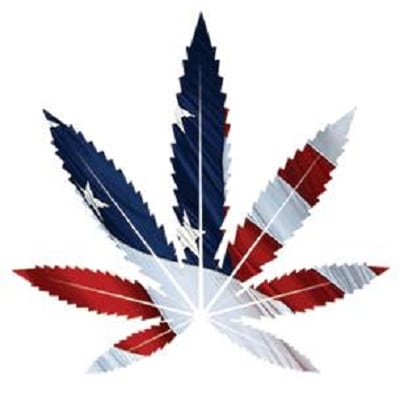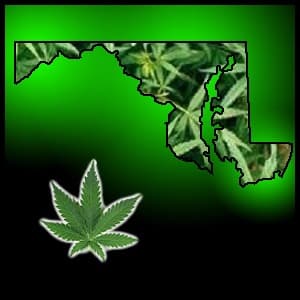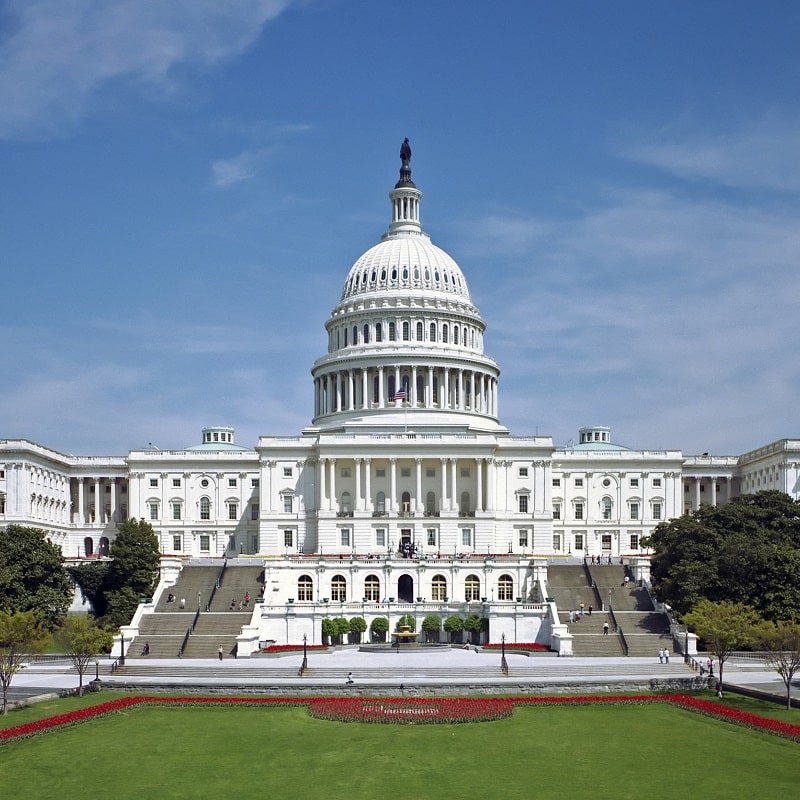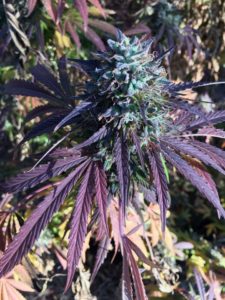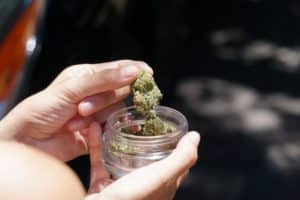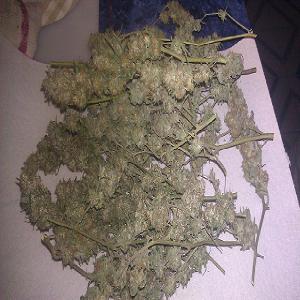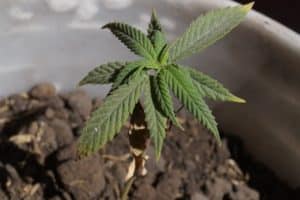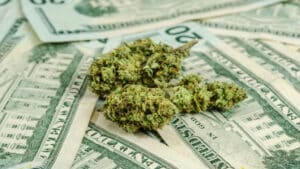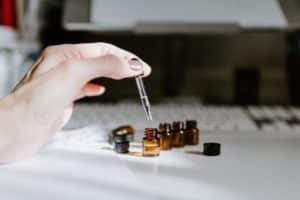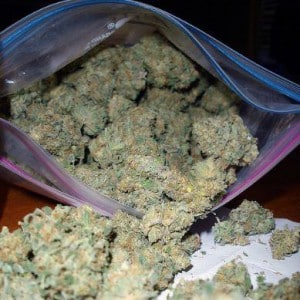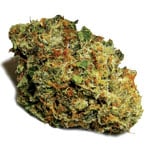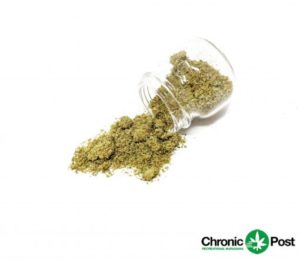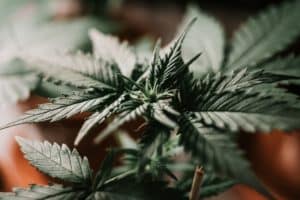 Florida has a massive problem with its “Oxycontin Express”. The state is home to more “pill mills” where addicts get their “hillbilly heroin” than any other. Walgreen’s, the national pharmacy chain, has been under DEA investigation for distribution of millions of Oxycontin sales where thousands of sales should be expected. Yet the drug Florida’s legislature can’t stop trying to control isn’t Oxycontin, it’s cannabis.
Florida has a massive problem with its “Oxycontin Express”. The state is home to more “pill mills” where addicts get their “hillbilly heroin” than any other. Walgreen’s, the national pharmacy chain, has been under DEA investigation for distribution of millions of Oxycontin sales where thousands of sales should be expected. Yet the drug Florida’s legislature can’t stop trying to control isn’t Oxycontin, it’s cannabis.
Florida Governor Rick Scott signed into law the “bong ban” bill this weekend. Under this statute, someone caught owning or selling a pot pipe twice in the state is a felon, which in Florida means losing the right to vote virtually for life. Drug convicts must wait seven years after fulfillment of all prison, probation, and parole to apply to a clemency board to consider restoring voting rights in Florida. This has meant 10% of all voting-age Floridians – and a shocking 23% of black Floridians – cannot vote. (Note to bitter Democrats: Those votes would have given us President Gore in 2000.)
The law is fairly toothless at the retail level. You can still sell a corn cob pipe for any purpose, you can still sell hookahs, and you can sell any pipe so long as it is “for tobacco use only” (wink wink, nudge nudge) and 75% of your sales are tobacco-related. But at the consumer level, if you’re caught with a used marijuana pipe, it’s going to be hard to argue it was for tobacco use. You’ll get a first degree misdemeanor and face one year in prison the first time you’re caught and a third degree felony and face five years in prison if you’re caught again.
As the former crack addict turned representative who sponsored the bill explained, “Rather than just regulating them, let’s just ban them. If we can make people drive to Georgia and Alabama and South Carolina to get fireworks, they can drive to get these utensils of death.” All but five of his colleagues (31-2 vote in the Senate, 112-3 vote in the House) agreed with him.
Florida legislators also have repeatedly rejected the Cathy Jordan Medical Marijuana Act. Named after the Florida woman who has survived over two-and-a-half decades with Lou Gehrig’s disease after being given two years to live, thanks to her use of medical cannabis, the Act has not even been debated in the Florida Legislature. Manatee County Sheriffs even raided Cathy’s medical grow the day after the bill was published, with her name and address in the public record giving them the location to search.
To their credit, the Jordans refused a plea deal, as Cathy’s husband Bob told NORML, ”If I could handle Vietnam, I can take whatever the State wants to try and hit me with. I am protecting my wife. No deals. No nothing. I want a trial. I want a jury to see my wife and try to convict her.” The State’s Attorney decided to drop the charges against her, recognizing an obvious precedent-setting case of medical necessity that he didn’t want on the Florida books.
Meanwhile, the DEA has just settled with Walgreen’s over the Oxycontin distribution investigation. The pharmacy giant will pay an $80 million fine and its Jupiter, Florida, distribution plant and six Florida pharmacies will be banned from distributing Schedule II, III, IV, & V drugs for the next six months. The fine and settlement is expected to cost the giant corporation between 4 cents and 6 cents a share. Eighty million dollars fine… for a corporation with quarterly cash flow at about $1.2 billion and quarterly sales of $18.65 billion.
Hmm, that fine works out to about 0.42% of Walgreen’s quarterly sales. A 0.42% fine for a corporation that had one store in Oviedo go from ordering about 80,000 Oxys in 2009 to 1.7 million in 2011, a store in Hudson go from 388,000 to 2.1 million in the same span, and a store in Fort Meyers go from 95,000 to 2.2 million Oxys.
To put this in perspective, try and imagine the DEA caught an average American with a $45,000 annual income diverting millions of Oxycontin on the black market and then settled with the American for a $47.25 fine and no criminal charges. USA Today reports that Miami field district Special Agent in Charge Mark Trouville said, “Walgreens pharmacists blatantly ignored red flags. National pharmaceutical chains are not exempt from following the law.”
Yes, but national pharmaceutical chains’ corporate officers tasked with following the law don’t do any jail time or lose their right to vote. However, a medical marijuana patient in Florida caught with 21 grams of marijuana will face five years in prison and never vote again.
The DEA is playing Walgreen’s for a sucker, by the way. They knew all along that Florida’s “Oxycontin Express” was fueling the entire Eastern “hillbilly heroin” market, because they were green-lighting it. As Alternet reported back in 2011, the DEA has an Office of Diversion Control that must approve the manufacture of Oxycontin. Companies must submit requests and the Office then sets quotas on how much can be produced.
In 1997, a year after prescription drugmaker Purdue Pharma first brought Oxycontin (the first branded version of Oxycodone) to market, the total production quota approved by the Office of Diversion Control was 8.3 tons. By 2011, it had risen to 105 tons, an officially sanctioned 1,200 percent increase…
Alternet’s reporter then asked DEA Supervisory Special Agent Gary Boggs why the agency had greenlit a 1,200% increase in oxycodone manufacturing. Boggs’ response is literally incredible:
“What you have to understand,” Boggs replied, “is that you do have legitimate patients and they’re fishing from the same pond that the illegitimate patients are fishing from, so you have to be cautious not to restrict the quota to the point that when the legitimate parties go to the pool, all the fish haven’t been taken out by the illegitimate parties.”
Try and imagine Eddy Lepp, serving ten years in federal prison for medical marijuana cultivation in California, explaining that he needed to grow tens of thousands of medical marijuana plants in California so that the legitimate patients would have a supply after all the potheads got theirs.
Boggs acknowledged the limitations of the metaphor, but added that “we can’t just be arbitrary and capricious in cutting the quota simply because we have a diversion problem.”
But the DEA can be completely “arbitrary and capricious” – in the words of its own administrative law judge – in denying the medical utility and accepted safety in use of the cannabis plant.
The fact is that the U.S. government has adopted a position on prescription painkillers that differs from its policy toward other controlled substances such as cocaine, heroin and marijuana: Unlike those drugs, the DEA says limiting the supply of the prescription painkillers will not reduce abuse.
Because cocaine, heroin, and marijuana don’t have lobbyists on Capitol Hill. It’s all about the power of corporate lobbying. That’s how a drug like oxycodone, a synthetic form of heroin, gets special treatment, despite being the #1 “gateway drug” to hard drug abuse. That’s how Florida’s statewide prescription drug monitoring database (E-FORSCE), a system similar to those implemented in thirty-four other states, suffers defunding threats from the governor. (In fairness, only 1/3rd of pharmacists and 10% of physicians are even using the database and E-FORSCE officials are scrambling to explain how 3,300 private records got leaked to the defense attorneys on the Walgreen’s investigation.)
The biggest irony in this story is that allowing patients to use medical marijuana eliminates most of the need for the oxycodone. A 2011 survey of the Berkeley Patients Group, a medical marijuana collective in California, found 2/3rds of patients substituted cannabis for prescription drugs and “those with pain symptoms said that marijuana has less addiction potential than do opioids” and “others said marijuana helped to reduce the dose of other medications.” A 2004 study at Virginia Commonwealth University found “a search for a better analgesic strategy led to the discovery that delta 9-tetrahydrocannabinol (THC), the major psychoactive constituent of marijuana, enhances the potency of opioids such as morphine in animal models.”
This article and its title have been edited to reflect the bill’s addition of felony penalties for selling of paraphernalia. Owning paraphernalia remains a misdemeanor. We regret the error.


